
Last week, seven Palestinian men sat for Pulitzer Prize-winning Israeli photographer Oded Balilty in a home in the West Bank village of Bilin. Against a black backdrop, one man posed with a taut slingshot, two small pebbles resting in the sling. Another stared defiantly through a gas mask. A third carried a tire.
Balilty is no stranger to his subject matter. Based in Tel Aviv as an Associated Press photographer for more than a decade, Balilty has photographed daily clashes as well as the longer-term friction between Israelis and Palestinians. In 2007, he was awarded the Pulitzer Prize for his image documenting a lone Jewish settler challenging Israeli security officers in the settlement of Amona.
Although his subject matter is familiar, his portraits transcend the ongoing conflict.
Clad in checkered kaffiyehs, masks and flags, they carry with them the objects of protest used in resistance against Israeli soldiers. Their improvised arsenal of everyday objects echoes the ongoing conflict—a struggle temporarily put on hold while Balilty photographed the men.
“The clashes have been going for years and years and it’s become repetitive, all these clashes every weekend,” Balilty told TIME. “But, this time I said, ok, I want to do something a little bit different. How am I going to show the conflict in a different way?”
He arrived at the idea of shooting portraits, but consulted with his colleague, Nasser Shiyoukhi, the AP’s Palestinian photographer from the West Bank, for help with the access.
“I asked him if it’s even possible for me, as an Israeli,” he said.
Shiyoukhi helped Balilty get in touch with the organizer of the weekly street demonstrations, who gave his consent for the photos to be taken—even arranging for the portraits to be shot inside the organizer’s house in Bilin, a village in the West Bank.
“The Palestinians are definitely not like the Israelis—they are aware of the power of the media. And any exposure for them, in any way, is an opportunity to explain their situation and to talk about the conflict. They are very open minded—they cooperate for a specific reason,” explained Balilty.
Despite the serious nature of the shoot, the atmosphere inside the studio lacked the conflicted tension Balilty expected.
“It’s a very serious issue. But mainly for me, I was trying to focus on the person and to tell like the general story through a few individuals,” said Balilty.
“On the weekend, they are in those protests, but other than that, they are totally normal people—they live normal lives, they go to school, they work, they have families. But yet these guys are always standing on the front lines of the protest and some of them get injured, some of them get arrested, some of them get killed,” he said.
Looking back on the shoot, the photographer was surprised by the way the day turned out.
“At the end of the day, we became like friends. We spent the entire day together, sat together and smoked a cigarette together, and we [shared] some common jokes and it was a very cool day. I wish, you know…it was like that all the time and everywhere. The experience I had that day…for me was one of the best things.”
Oded Balilty is a photographer for the Associated Press based in Tel Aviv. LightBox featured his work earlier this year in The Art of Storytelling.
LightBox updated the story at 3pm Saturday with comments from Oded Balilty.
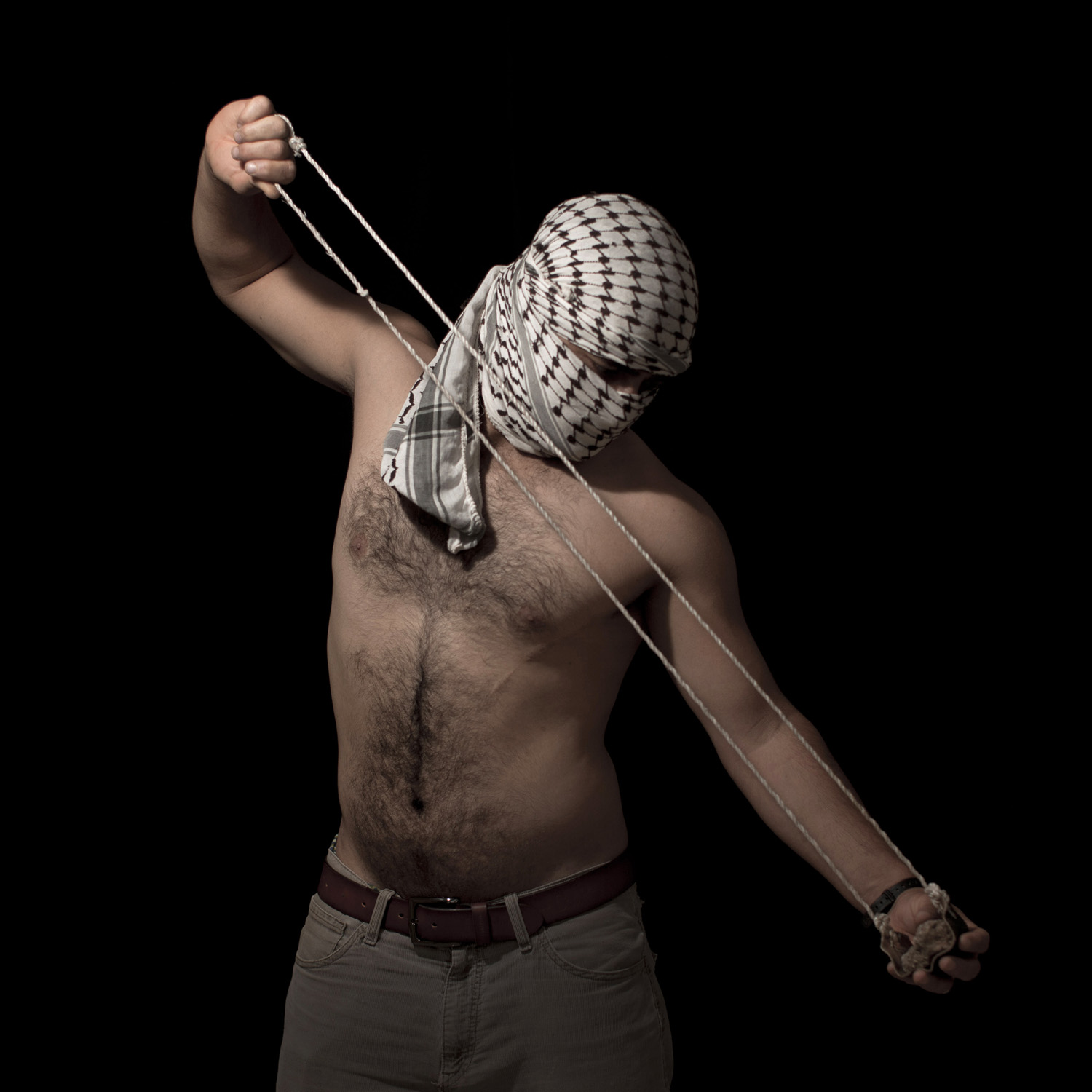

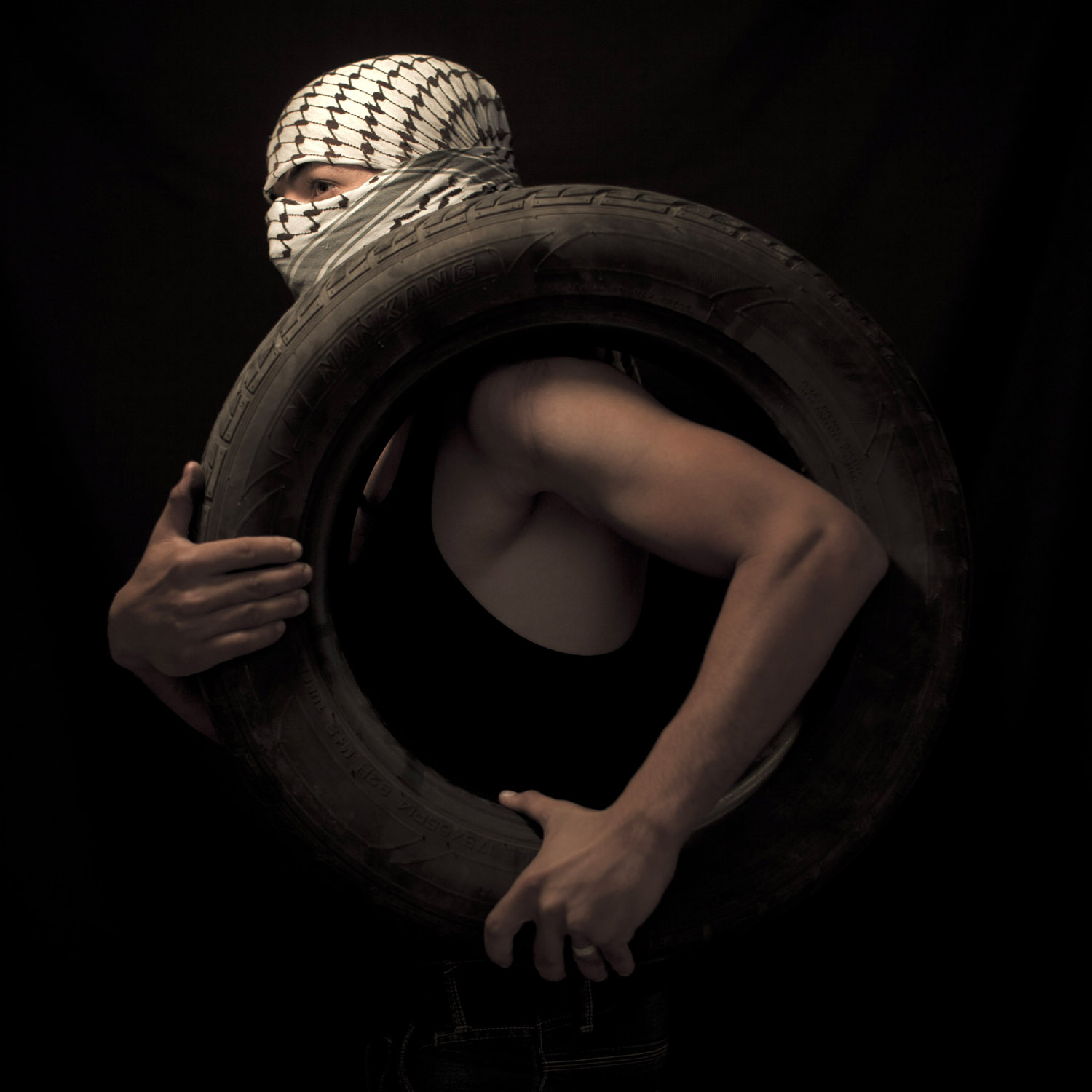


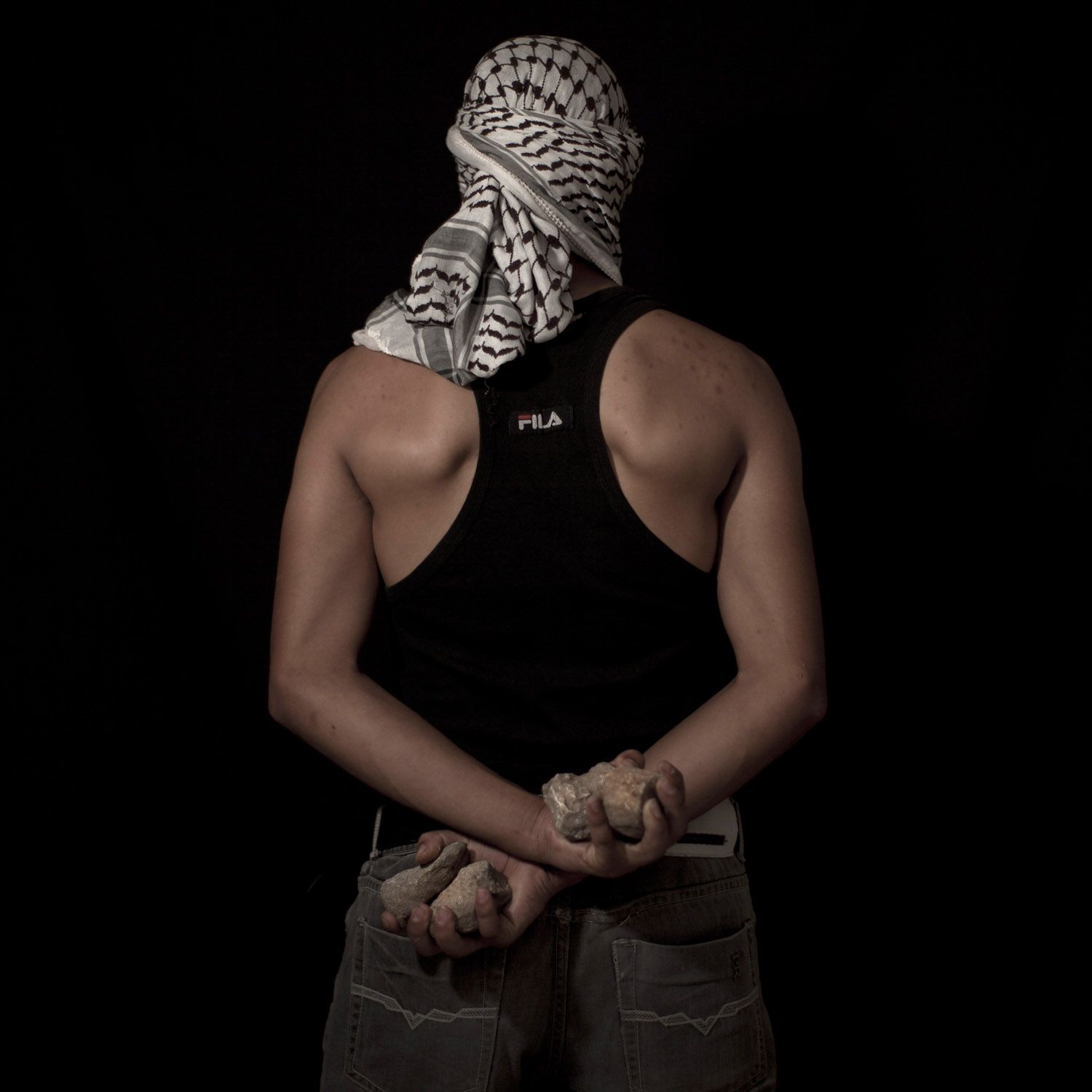

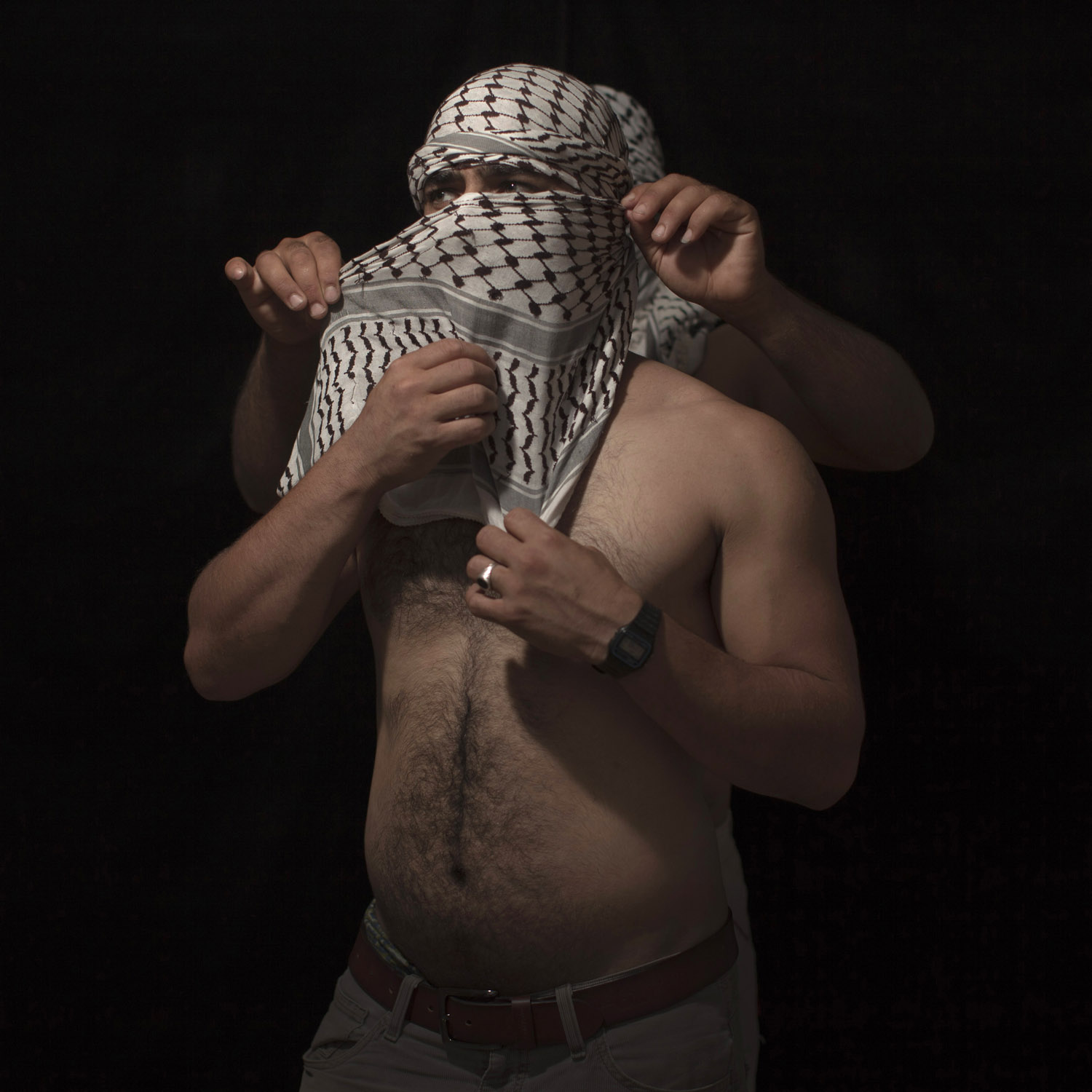

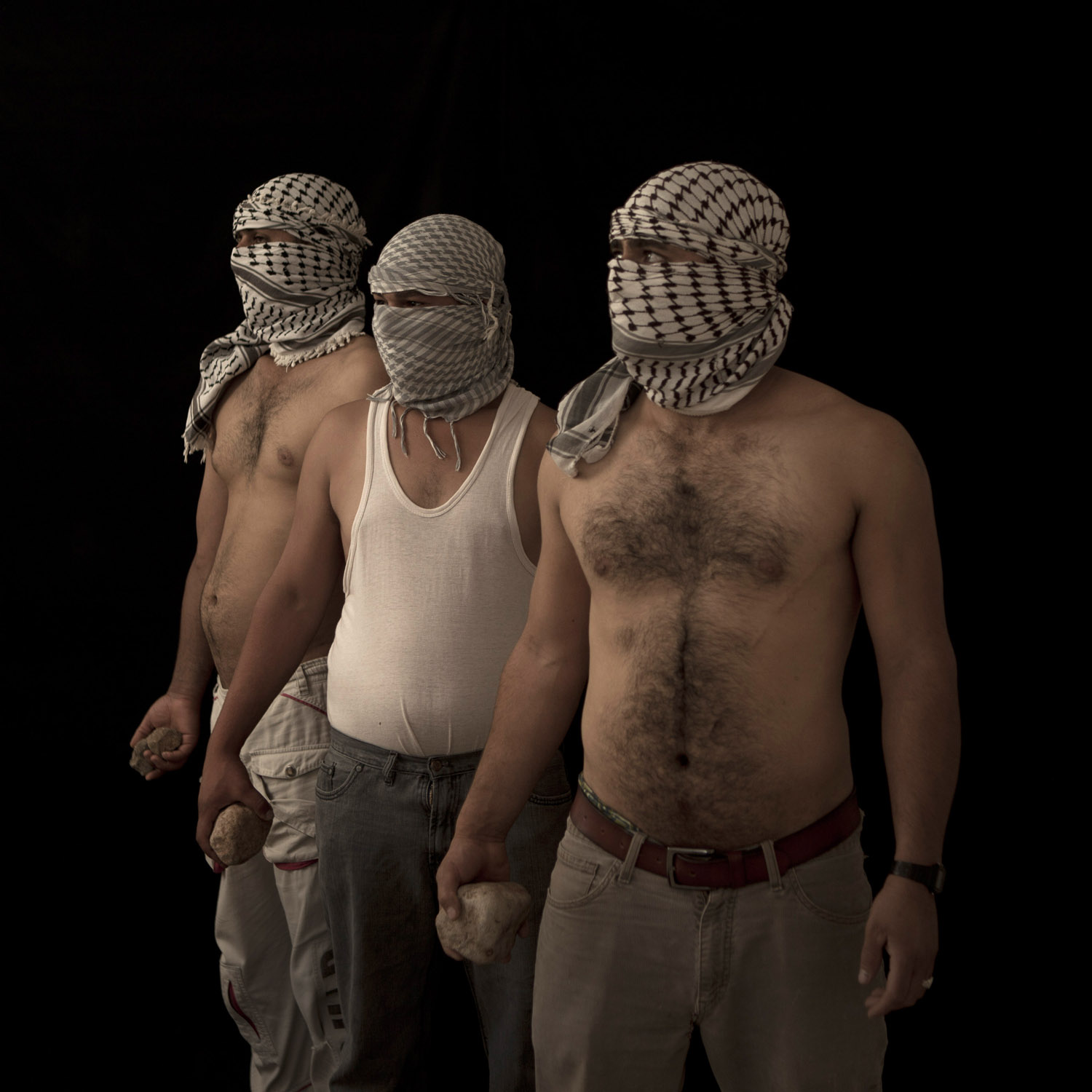

More Must-Reads From TIME
- Dua Lipa Manifested All of This
- Exclusive: Google Workers Revolt Over $1.2 Billion Contract With Israel
- Stop Looking for Your Forever Home
- The Sympathizer Counters 50 Years of Hollywood Vietnam War Narratives
- The Bliss of Seeing the Eclipse From Cleveland
- Hormonal Birth Control Doesn’t Deserve Its Bad Reputation
- The Best TV Shows to Watch on Peacock
- Want Weekly Recs on What to Watch, Read, and More? Sign Up for Worth Your Time
Contact us at letters@time.com